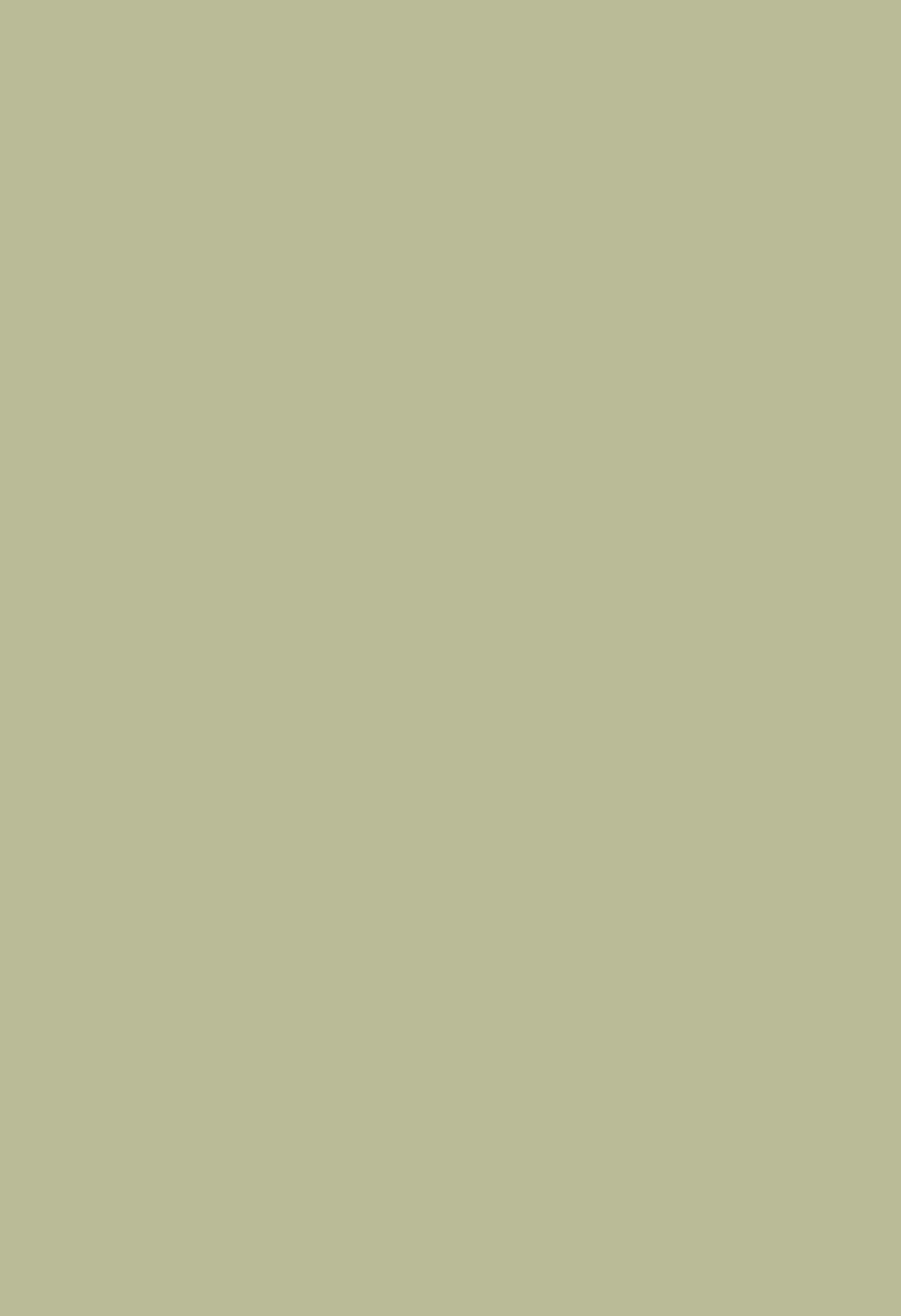
Marcel Duchamp, who Abstract Expressionist artist Willem de Kooning aptly referred
to as a “One-man Movement,” was involved in many of these developments but largely
in the shadow of his brothers. Like Villon, he did not begin working in a Cubist mode
until 1910. In 1911, he met fellow avant-garde artist Francis Picabia (see lot 109) in the
Salon d’Automne, and Picabia became Duchamp’s mentor and close friend,
introducing him to the Parisian Bohemian artistic life. In 1912, Duchamp painted
The
Nude Descending the Staircase II
(see lot 140) which was famously exhibited in the
Armory Show of 1913 (the first version of the painting from 1911 was a study on
cardboard). It represents one of Duchamp’s early experimentations in Cubism, in which
he employed Cubist coloring, but implemented it with kinetic movement inspired by
developments in photography and film, similar to that of the contemporaneous Italian
Futurists.
The Nude Descending the Staircase II
did not conform to the more rigid
tenets of Cubism. Owing to its mechanical treatment of the nude in both the image
and title, it was rejected by the avant-garde Salon des Indépendants and Duchamp
was asked to remove it from the exhibition. Following this rejection by the Parisian art
vanguard, Duchamp decided to disassociate himself completely from artistic groups.
The three Villon/Duchamp brothers were all included in the Armory; their works were
hand-selected by the American artist Walter Pach, who was living in Paris and who
had brought Arthur B. Davies and Walt Kuhn to the Villion/Duchamp Puteaux studio
on their scouting trip in 1912. The American artists/organizers were impressed; Davies
described Duchamp’s work as, “The strongest expression I’ve ever scene!”
The Nude
Descending the Staircase II
was one of the paintings selected by the Americans, who
scarcely could have known then that it would garner more attention in the Armory
Show than any other work. In the publicity for the exhibition, the AAPS included a
photograph of the three brothers sitting with their dog outside their studio in Puteaux
(see previous page), already romanticizing the avant-garde brothers who, prior to
the Armory Show, had little or no reputation in America.
Along with Picabia, Gleizes, Picasso, Laurencin, Delaunay, de la Fresnay, Derain,
Léger, Vlamnick, Archipenko, and Braque, works by all three Villon/Duchamp
brothers were exhibited in Gallery I, which was known as “The Cubist Room” and
dubbed “The Chamber of Horrors” by critics. It soon became the most popular room
of the entire exhibition. There was a vast amount of press associated with Gallery I,
mostly classified as bewilderment and sarcasm. While Matisse was berated for
(continued)


